Start lawn from scratch
sdoowe
4 years ago
last modified: 4 years ago
Featured Answer
Sort by:Oldest
Comments (11)
emmarene9
4 years agoNHBabs z4b-5a NH
4 years agoRelated Professionals
Glassmanor Landscape Architects & Landscape Designers · El Segundo Landscape Contractors · Mason Landscape Contractors · Miller Place Landscape Contractors · Oak Forest Landscape Contractors · Huber Heights Decks, Patios & Outdoor Enclosures · League City Swimming Pool Builders · Wakefield Landscape Contractors · Arlington Landscape Contractors · Danvers Landscape Contractors · Fuquay-Varina Landscape Contractors · Plymouth Landscape Contractors · Wallingford Landscape Contractors · Eastlake Landscape Contractors · Pflugerville Swimming Pool Buildersmad_gallica (z5 Eastern NY)
4 years agogardengal48 (PNW Z8/9)
4 years agohairmetal4ever
4 years agolast modified: 4 years agomorpheuspa (6B/7A, E. PA)
4 years agodavidrt28 (zone 7)
4 years agolast modified: 4 years agoRevolutionary Gardens
4 years agoYardvaark
4 years agodchall_san_antonio
4 years ago
Related Stories

INSIDE HOUZZInside Houzz: Starting From Scratch in a Manhattan Apartment
Even no silverware was no sweat for a Houzz pro designer, who helped a globe-trotting consultant get a fresh design start
Full Story
GARDENING GUIDESHow to Plant a New Lawn From Seed
Choose from more grass varieties and save money over sod by starting your lawn from seed
Full Story
GARDENING GUIDESHow to Plant a New Lawn From Sod
Take the quick-start route to turf with sod; these installation guidelines will help ensure a healthy and long-lasting lawn
Full Story
PATIOSCase Study: 8 Tips for Planning a Backyard From Scratch
Turn a blank-slate backyard into a fun and comfy outdoor room with these ideas from a completely overhauled Phoenix patio
Full Story
GARDENING GUIDESSmall Gem Lawns: More Impact From Less Grass
Instead of letting the lawn sprawl, make it a shapely design element in your yard. You’ll reap benefits both practical and aesthetic
Full Story
DECORATING GUIDESHow to Decorate When You're Starting Out or Starting Over
No need to feel overwhelmed. Our step-by-step decorating guide can help you put together a home look you'll love
Full Story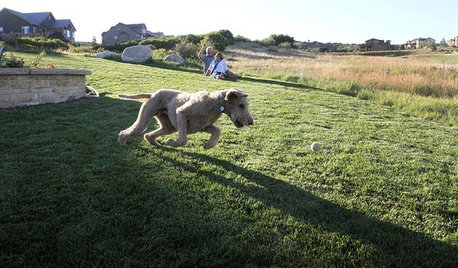
PETSProtecting Your Pet From Your Yard and Your Yard From Your Pet
Check out these tricks from vets and landscape designers for keeping your pets and plantings safe in the backyard
Full Story
TRADITIONAL HOMESHouzz Tour: Family Gets a Fresh Start in a Happy New Home
Decorating her house from scratch spurs a big career change for this designer
Full Story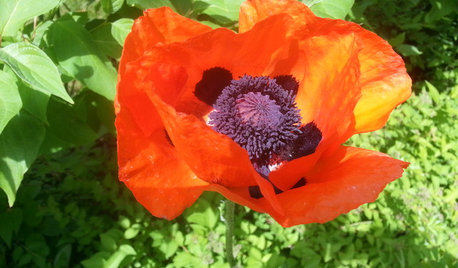
GARDENING GUIDESBeautiful Flowers and Foliage From Dedicated Backyard Gardeners
From lawn daisies to topiaries, Houzz users share their backyard beauties
Full Story
BATHROOM DESIGNDesign Lessons From a Modern New Bathroom
Learn about creating a spacious, high-style look from a minimalist bath designed from scratch
Full StoryMore Discussions






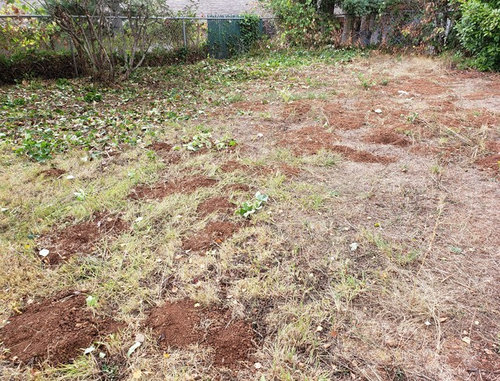
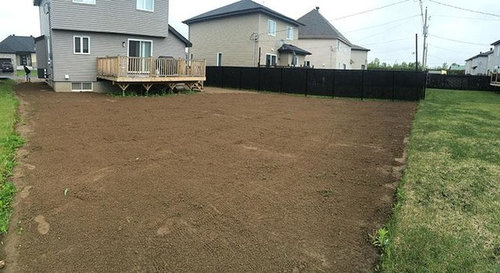
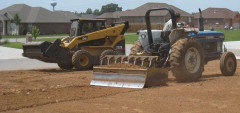
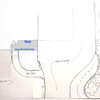

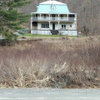

morpheuspa (6B/7A, E. PA)